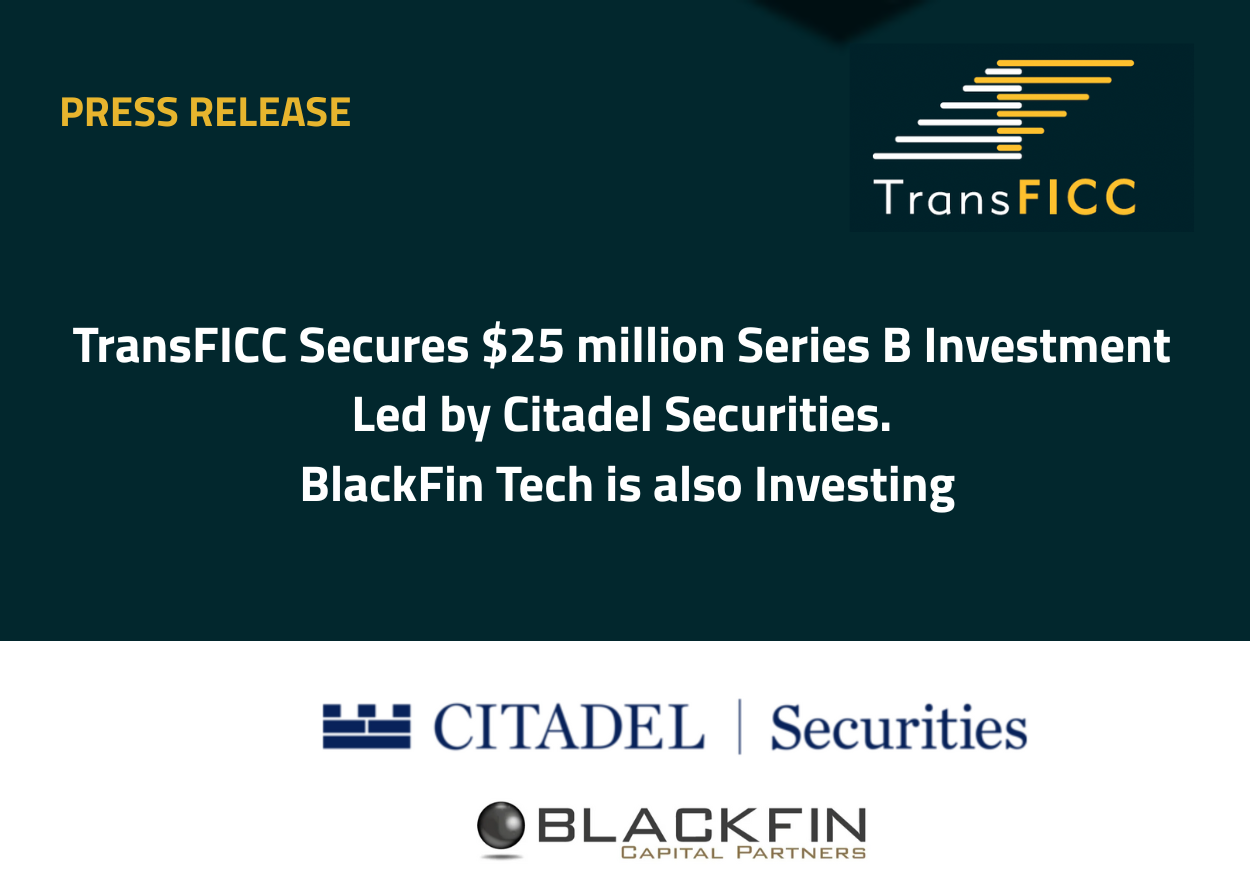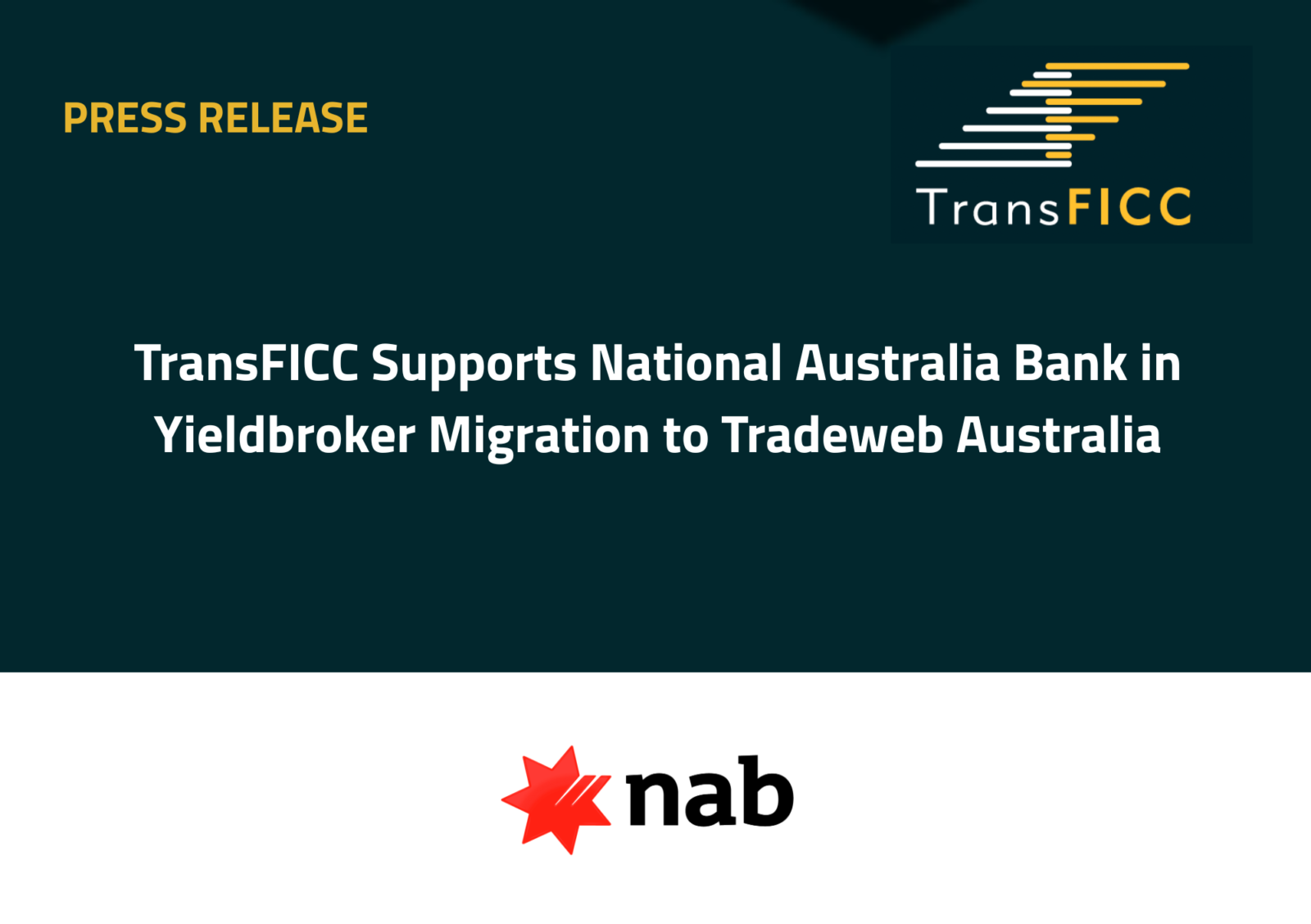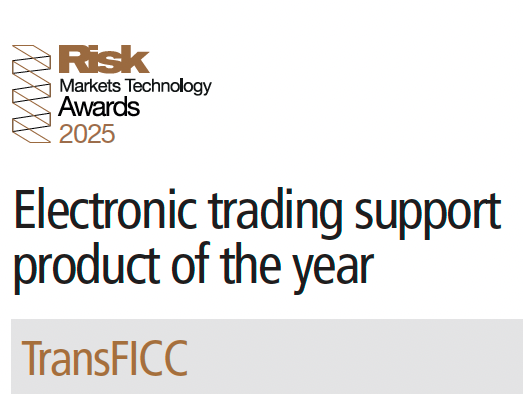TransFICC Launches Consolidated Tape Pilot For EU Fixed Income Using The AFM Regulatory Sandbox
TransFICC today announced a new initiative to develop a Consolidated Tape (CT) for Fixed Income. As part of this initiative, TransFICC has developed a production ready pilot, for Banks, Asset Managers and Regulators to test.
By using key components from TransFICC’s existing normalised post-trade feed, the new CT is expected to have a shorter development timeline and lower development costs than other CT initiatives, resulting in a cost-effective solution for the market - a key requirement for the EU.
TransFICC has also joined the CT regulatory sandbox operated by the Dutch Authority for the Financial Markets (AFM). The AFM considers a post-trade CT an essential part of a true Capital Market Union (CMU) to level the playing field for all market participants.
The AFM supports initiatives to develop proof-of-concept CTs, on a voluntary and non-exclusive basis through its regulatory sandbox. This allows the industry to gain experience and establish best practices to work towards meaningful and easy to implement solutions.
In its assessment of CT providers, the EU has proposed a list of key attributes, all of which are met by TransFICC, which is inviting clients and regulators to test its production ready CT pilot in terms of ease of integration, performance at production level loads, and the robustness of the system.
In more detail, Banks, Asset Managers and Regulators taking part in the TransFICC CT pilot will:
1. Access the TransFICC Client Library API which also supports Pre-trade data, CLOB and RFQ trading protocols, as well as Post-trade, across an extensive list of venues (shown here): https://transficc.com/product
2. Subscribe to the TransFICC CT Pilot feed, which will publish Fixed Income trade messages at a rate of 30 messages per second, 24/7. Instruments being published include Rates and Credit Bonds and Interest Rate Swaps.
Throughput of 30 messages per second (2.6 million per day) is 10 times the current daily rate and provides capacity for periods of market volatility.
3. Contribute data to the CT via a simple API.
4. Access sample code, so that Developers will be able to receive messages in minutes.
5. Test High Availability and DR switch over. TransFICC will host in the Cloud in Frankfurt, and in Equinix hosting centres in London and Frankfurt.
“Working with the AFM as part of its regulatory sandbox allows us to further develop and test TransFICC’s CT technology,” said Godfried De Vidts, Regulatory Affairs Advisor at TransFICC. “A CT is still to be fully defined in terms of what data is captured, how long after the trade it is made available, and how it will be regulated. However, working in the AFM sandbox allows us to refine product functionality, as requirements continue to evolve.”
“The new CT initiative is in production, with clients currently testing their capability to consume 30 messages per second,” said Judd Gaddie Co-Founder of TransFICC. “We have used Aeron technology since TransFICC was launched and it is ideal for a CT, as it provides fast and reliable messaging, at a low price point.”
“TransFICC’s ‘One API for eTrading’ service already connects to numerous bond, repo and swaps venues and provides a normalised post-trade feed to its clients. This is a key component of any CT, so launching this new initiative was a logical next step for TransFICC,” said Steve Toland, Co-Founder of TransFICC. “As an extension of our existing service, we are able to provide the CT technology in a cost-effective manner, which is vital for industry adoption.”
Banks, buy-side firms, and venues wanting to test, can get access to the TransFICC API documentation and connectivity details via GitHub. Firms wanting to take part in the CT pilot should email [email protected].
TransFICC resolves the issue of market fragmentation by providing banks and asset managers with a unified low-latency, robust and scalable API. Its ‘One API for eTrading’ platform provides connectivity to multiple trading venues while supporting a variety of workflows across asset classes such as Rates and Credit Bonds, Repos, Mortgage Backed Securities and Interest Rate Swaps.
Share













